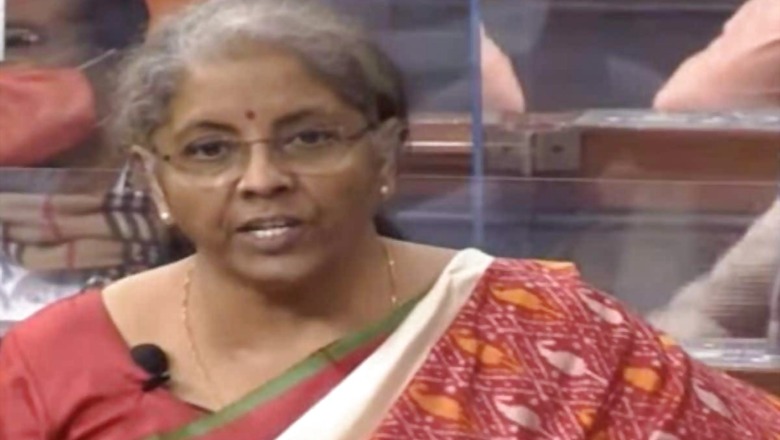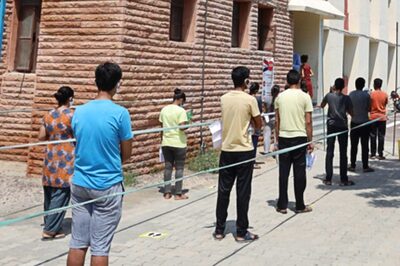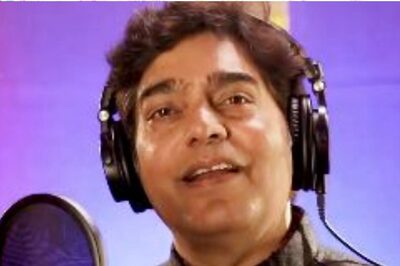
views
Finance Minister Nirmala Sitharaman, while presenting the Union Budget 2021 in Parliament on Monday, said that in the history of independent India, only three times has the Union Budget followed a GDP contraction. In the backdrop of the largest contraction India has suffered post-Independence, this year’s Budget becomes the fourth such.
The National Statistical Office has projected a 7.7% contraction in GDP in 2020-21. Here are the three previous instances when the Budget was tabled after GDP growth suffered a contraction in India:
1957-58: The fall in GDP was driven by a collapse in agricultural production, not uncommon in the pre-green revolution phase. The contraction came despite the fact that the Central government’s spending grew at 17% and 23% in 1956-57 and 1957-58. India’s first post contraction budget ended up increasing the size of government spending by just 5.1%. GDP growth jumped to 7.6% in 1958-59.
1965-66: While the GDP contraction was primarily in agriculture, this was also the year of an India-Pakistan war. This makes it difficult to do any meaningful comparison of government spending the year after, as defence spending must have taken a huge toll. Among the biggest fallouts of the economic shock of 1965-66 was a huge jump in inflation. Consumer Price Index for Industrial Workers (CPI-IW) grew at more than 12% in both 1966-67 and 1967-68. GDP growth was a mere 1% in 1966-67, implying that the economy did not come back to even 1964-65 levels in 1966-67.
1972-73: This was a year when rains failed. Data from the Centre for Monitoring Indian Economy (CMIE) shows that there was a 20.4% shortfall in monsoon rainfall compared to the long period average. While the fiscal deficit increased marginally in the 1974-75 Budget, government spending actually increased by just 8.6% compared to 46% in the 1973-74 Budget. GDP growth increased to 4.6% in 1973-74.
Read all the Latest News, Breaking News and Coronavirus News here




















Comments
0 comment